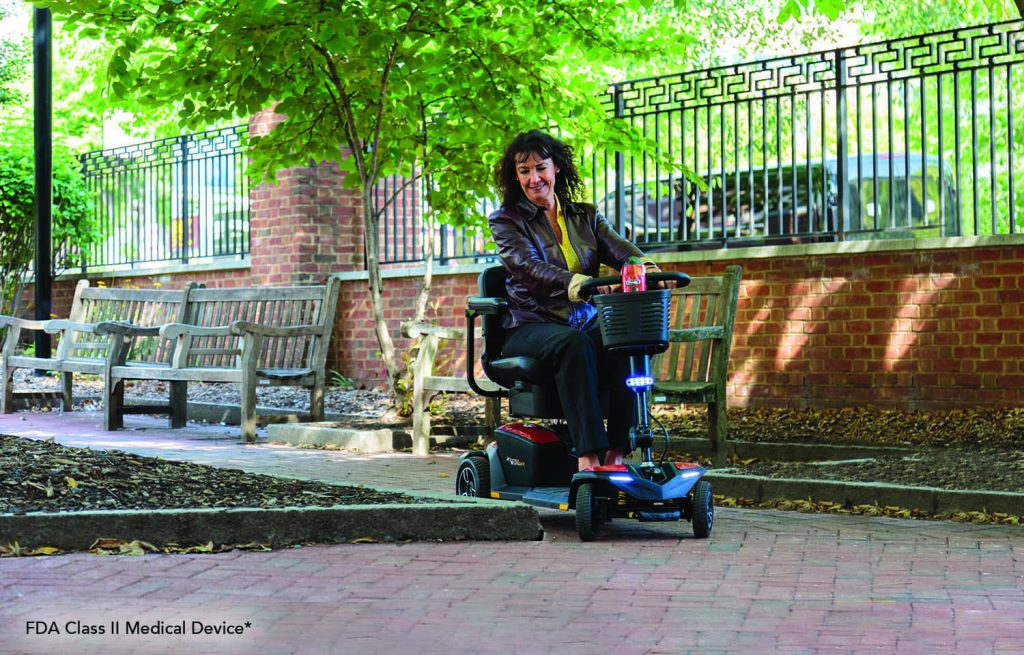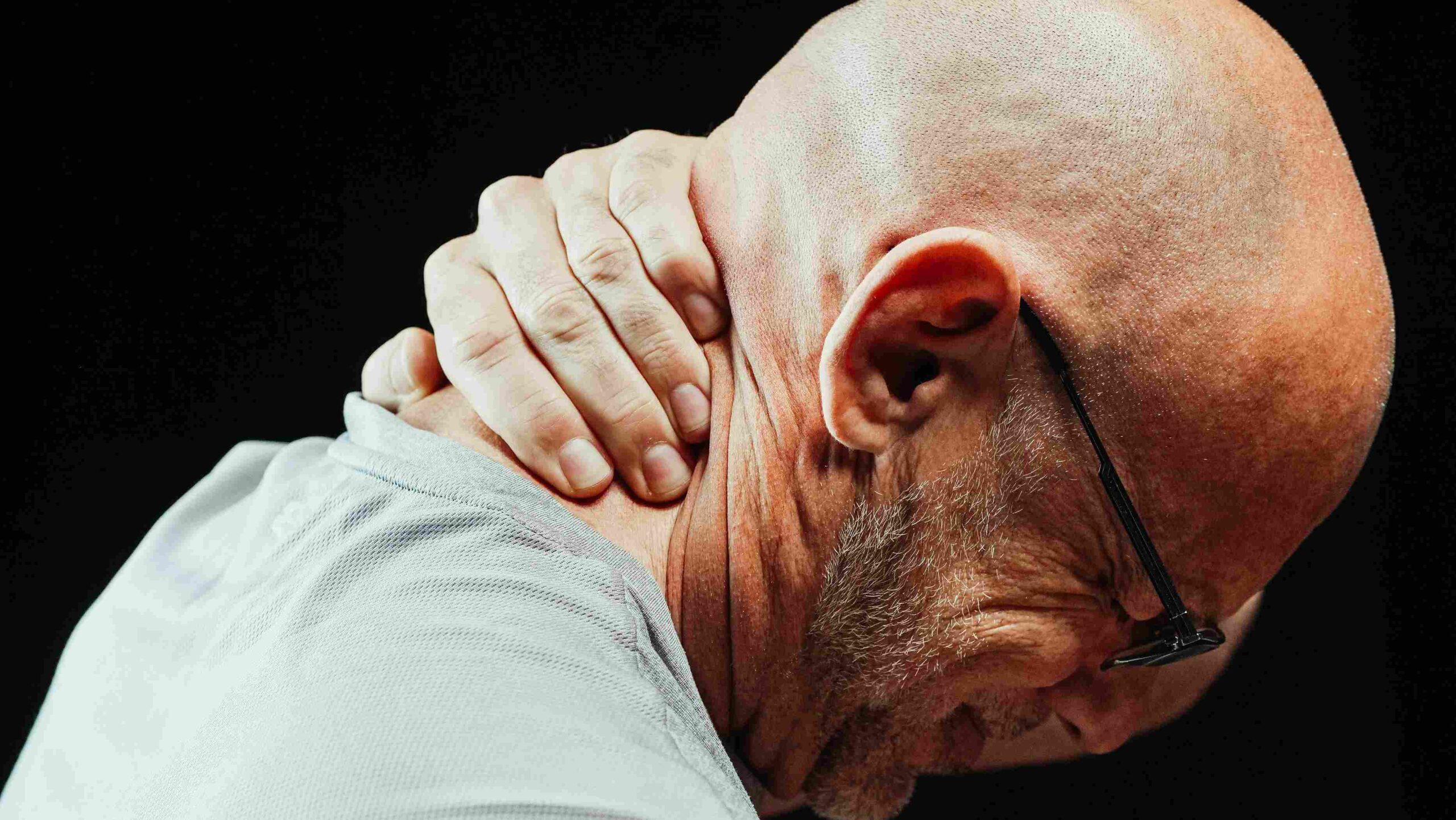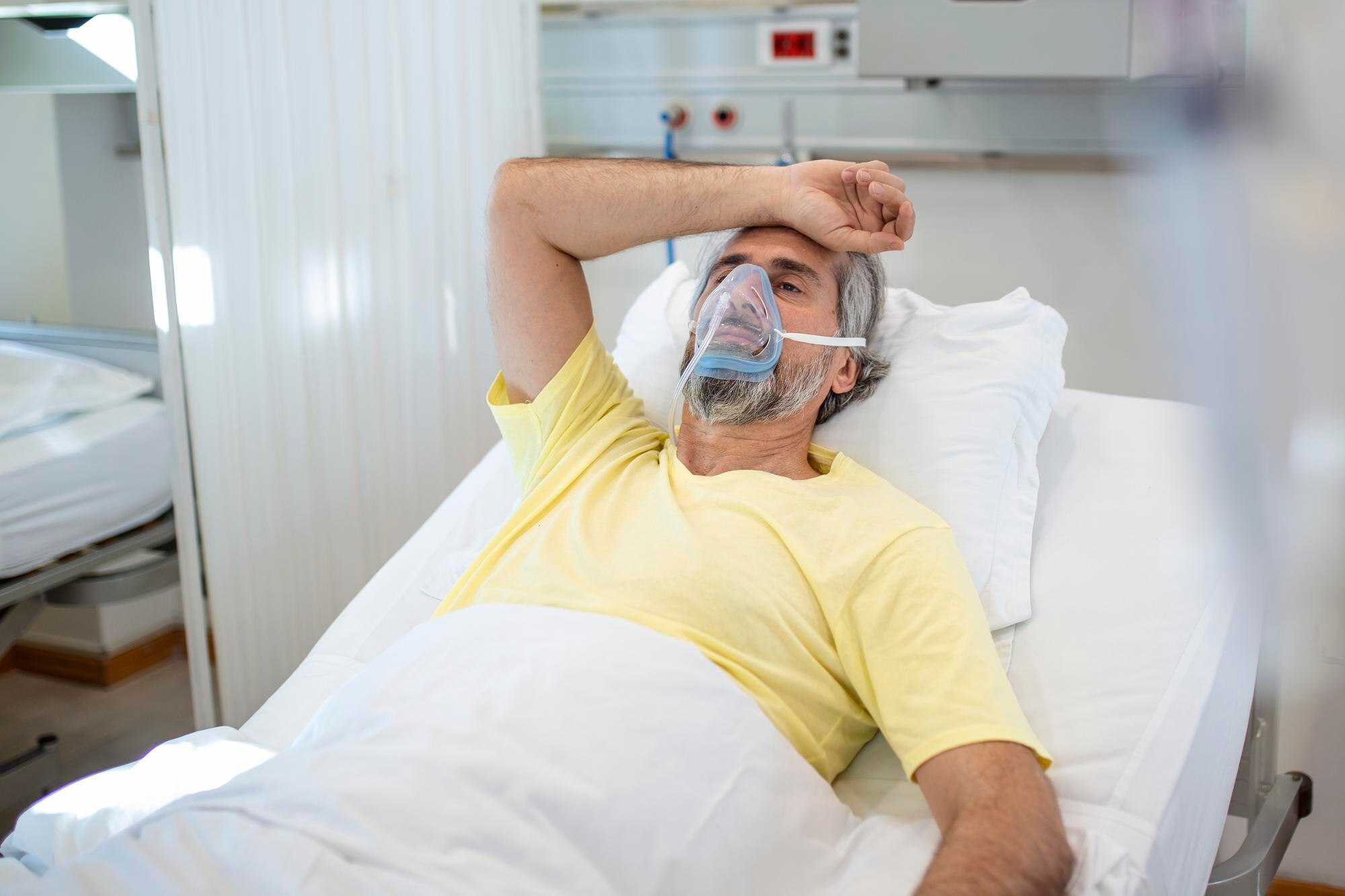Traveling with a portable oxygen concentrator (POC) can seem daunting, especially if you rely on it daily. But with the right preparation and strategies, maintaining your oxygen therapy while exploring new places can be manageable and enjoyable. After eight years of traveling with my POC, I’ve learned what works and what to avoid. This in-depth guide covers the most important tips and strategies that can help you travel with peace of mind, ensuring your oxygen needs are met from departure to arrival.
1. Plan Ahead and Prepare Essential Documentation
Proper preparation is key when traveling with a POC. This means gathering all necessary documents and contacting relevant services ahead of time.
a. Medical Documentation
Always travel with a copy of your medical documentation, including:
- A letter from your doctor: This should confirm your need for the POC, its prescribed settings, and any other pertinent medical information.
- Your oxygen prescription: Include details about your flow rate and duration of use.
These documents can be crucial if you need to explain your oxygen use to airline personnel or medical staff.
b. Airline Approval
Not all airlines handle POCs the same way, so check their specific policies well before your travel date:
- Notify the airline: Inform them at least 48 hours before your flight that you will be traveling with a POC.
- Check the airline’s approved list: Confirm that your POC is on their approved list of medical devices. Most major airlines in the U.S. accept popular models, but it’s best to double-check.
- Battery requirements: Many airlines require you to carry enough fully charged batteries to last 1.5 times the duration of your flight, so plan accordingly.
2. Navigate Airport Security Smoothly
Navigating airport security with a POC can be stressful if you’re unprepared. Knowing what to expect can help reduce anxiety and streamline the process.
a. TSA Guidelines
- Inform TSA officers: When you approach the security checkpoint, let the TSA officer know that you are traveling with a POC. They should be familiar with handling medical devices.
- Screening procedure: The POC will be screened separately, often swabbed for explosive residues. You may need to turn it on to show that it is functional.
b. Timing Is Everything
-
Arrive early: Give yourself extra time for security checks, as processing your POC may take a bit longer than usual.
- Keep your documents handy: Having your medical paperwork ready can speed up the process if there are any questions.
3. Ensure Reliable Power Supply
One of the most critical aspects of traveling with a POC is making sure you have sufficient power throughout your journey.
a. Pack Extra Batteries
- Air travel requirements: As mentioned, most airlines require enough battery life to cover 150% of the flight time. If your flight is 4 hours, bring at least 6 hours of battery power.
- International travel: Voltage and plug types can vary, so bring an appropriate power adapter if you’re traveling abroad.
b. Access to Charging Stations
- Layovers and stopovers: Plan your trip so you can recharge during layovers. Many airports and public transportation hubs have charging stations, but don’t rely solely on them.
- Portable chargers: Investing in a high-capacity, portable power bank compatible with your POC can be a lifesaver, especially for long travel days or unexpected delays.
4. Stay Comfortable During Your Journey
Maintaining comfort while traveling is essential, especially when you’re managing a medical device. Here are my tried-and-true strategies:
a. Choose Your Seat Wisely
- Airplane seating: If possible, select an aisle seat for easier access and mobility. This positioning also helps if you need to manage tubing or switch out batteries during the flight.
- Proximity to power outlets: Some newer aircraft have power outlets at each seat, which can be beneficial for charging your POC mid-flight.
b. Manage Tubing and Equipment
- Tubing organization: Use tubing clips or organizers to prevent tangling and ensure safe movement.
- Portable bag: A dedicated POC carrying case with padded straps can make it more comfortable to move around.
c. Hydration and Nutrition
-
Stay hydrated: Airplane cabins and some travel environments can be very dry, exacerbating breathing difficulties. Drinking water can help keep your airways moist.
- Pack snacks: If your travel includes long waits or delays, having snacks on hand helps maintain your energy and comfort.
5. Be Prepared for the Unexpected
Despite thorough planning, travel can be unpredictable. Being ready for any surprises can make all the difference.
a. Know Where to Get Help
- Emergency contacts: Have the contact information for local medical facilities at your destination in case you need assistance.
- Local resources: Research ahead to find medical supply stores or oxygen service providers in the area you’re visiting.
b. Keep a Backup Plan
-
Spare accessories: Bring extra tubing, cannulas, and connectors in case your current equipment malfunctions or wears out.
- Travel insurance: Consider a travel insurance plan that covers medical needs, including coverage for DME (durable medical equipment) issues.
c. Reach Out for Support
-
Join support groups: Online forums and social media groups can be valuable for sharing travel tips and learning from others who have managed similar journeys.
- Contact your POC manufacturer: They can provide travel-specific advice or point you to resources like rental options for extra POCs at your destination.
FAQs
1. Can I use my POC during takeoff and landing?
Yes, most airlines allow the use of POCs during takeoff and landing, but confirm this with your specific carrier before your flight.
2. How many extra batteries should I carry?
Carry enough batteries for 150% of your total travel time, including layovers. This is a standard requirement for most U.S. airlines.
3. Do I need to notify my airline about my POC in advance?
Yes, most airlines ask that you notify them at least 48 hours before your flight to ensure they can accommodate your needs.
4. What should I do if my POC runs out of power?
Plan ahead by having extra batteries and a portable charger. If your POC runs out of power, contact airline staff for assistance or check for charging stations.
5. Are there specific POCs approved for air travel?
Yes, only FAA-approved POCs are allowed on flights. Check with your POC manufacturer or airline for a list of approved devices.
Conclusion: Traveling with Confidence
Traveling with a portable oxygen concentrator doesn’t have to be intimidating. With the right preparation, you can ensure a smooth, comfortable journey that meets all your oxygen needs. Remember to plan ahead, stay organized, and always have a backup plan. By following these tips, you’ll be well on your way to enjoying your travel experiences while keeping your health a top priority.






